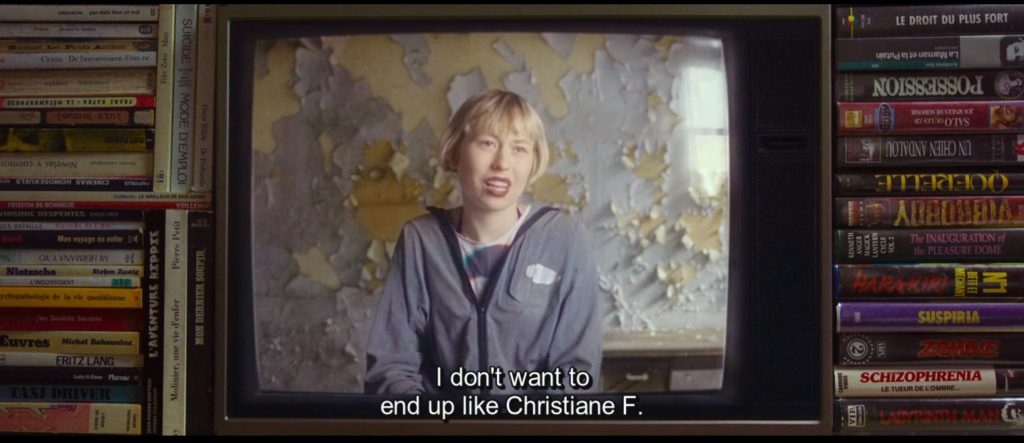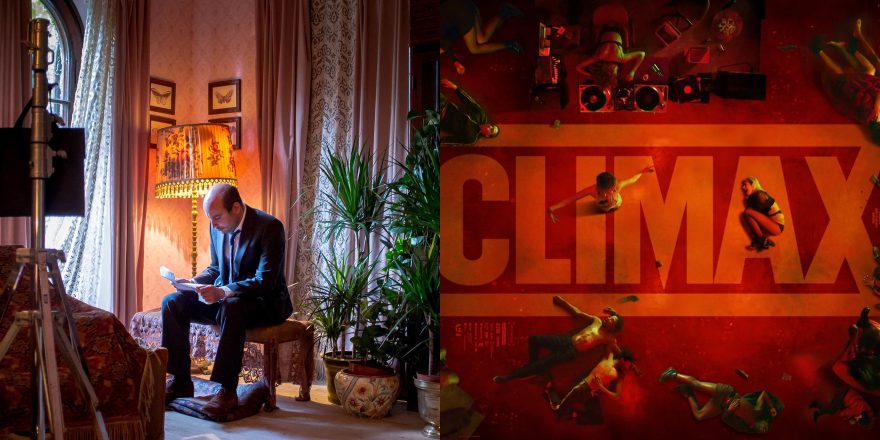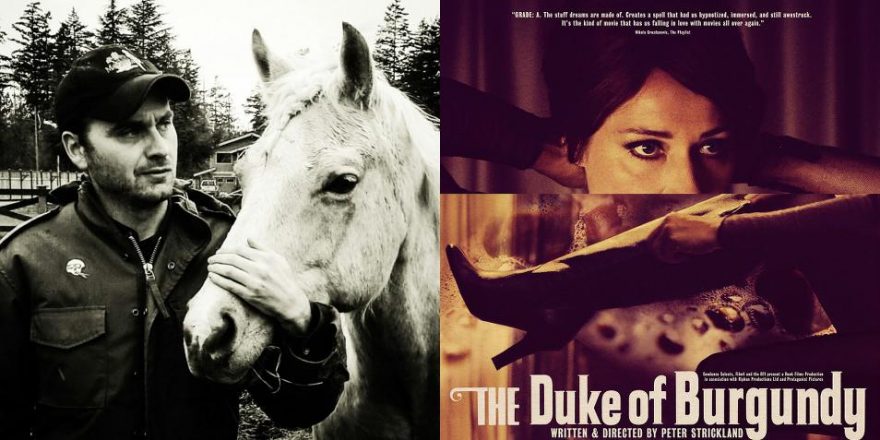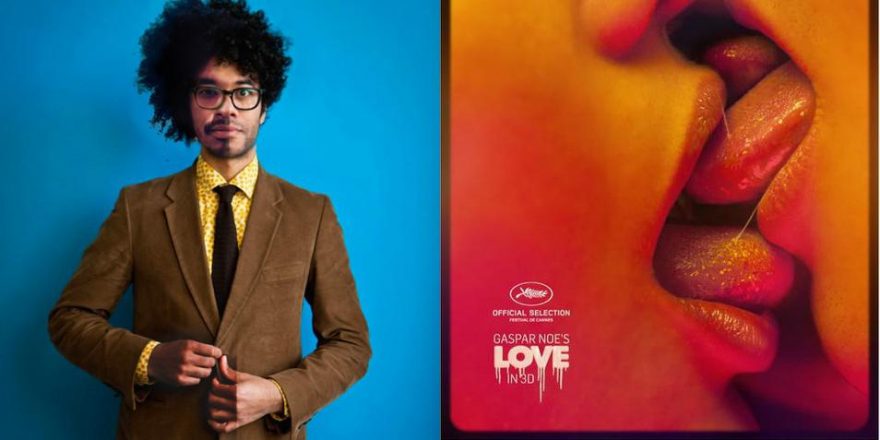I saw Climax in Athens at the Athens Film Festival, when I was there to show In Fabric. It had no subtitles, and my French is pretty appalling – my Greek is actually better than my French (I’m half Greek). Because I was struggling with the dialogue, I had a much more visceral response to the film than I would have had otherwise.
I’m a Gaspar Noé fan. I really like his approach to cinema, which is much more focused on being experiential and transformative, rather than on plot. He clearly comes from a more psychedelic realm. The two areas he’s interested in are psychedelia and disreputable cinema. I love his influences, like Jordan Belson and Peter Tscherkassky, whose work I’m a huge fan of, and you can see elements of those directors in films like Enter the Void. I loved Irreversible; it was brutalizing, not just emotionally but also because of the bass frequencies he’s using, the camera movement. You were just pummeled by that film. But strangely, it felt similar to what I imagine it was like at a Swans concert back in the ‘80s; people spoke of being pounded and pounded and pounded, and then a catharsis that came from that. There are directors who are focused on creating a voltage in cinema that really ignites an excitement about the form. Noé is a fascinating director. I also really love the work he’s done with Lucile Hadžihalilović.

When I first read about Climax, I thought it was interesting that Noé had made a dance film. In the first few minutes of Climax, he uses Cerrone’s “Supernature,” a classic disco track, and I was a little bit jealous because I’m working on a disco film and he beat me to it with that song. The dancing in Climax is just extraordinary, the choreography of people and camera. It’s just one space, and he makes your sense of perspective so altered within this one room. With the auditions at the start, he blatantly lays out his influences, Salo and all these other books and films. There’s something amazing about doing that so openly, and the energy of those movies is in Climax. There’s the possessed nature of Suspiria, and you can even feel the spirit of Salo in there somewhere.
I actually find Climax more disturbing than Irreversible, maybe because of what my expectations were before seeing the film. The reviews I read of Climax said how fun it is, so my guard was down. It gets really dark at certain points, and I was not prepared for it. I felt very claustrophobic as well. In Athens, I was at the front of the cinema, and because of the frequencies he uses, the pounding, the way the camera was turning, there was a point when I actually wanted to get out.
I’m not the first to say this, but Climax is like Hieronymous Bosch let loose in a disco. By the end, it’s chaos. The film’s concept – dancers disoriented because they’ve had their drinks spiked with LSD – is such a great idea, so simple and contained. As filmmakers, we always crave making something quick and cheap which doesn’t involve many locations, but it’s very difficult to come up with good ideas like that. In Noé’s hands, the idea is handled so effectively; it’s really powerful and cinematic.
When I saw the film in Athens, I didn’t really understand all the dialogue or some of the nuances of plot. When I watched it on DVD at home later, I was wedded to that physical feeling I had the first time I saw it, and was still trying to recapture that thrill, that anxiety, that claustrophobia. My thrill in cinema has always been about the way something was edited, the way something was shot. I’m looking for directors who put you in their world, as that’s what I really love, whether it’s Peter Greenaway, Derek Jarman, Luis Buñuel, John Waters. I want to see a director’s obsessions, I want to see what makes them anxious; with Gaspar Noé, you know you’re in his world. That’s my ultimate wish for a film.
In Gaspar Noé’s work, there’s a catharsis which is also there in the bands I love, like Swans, whose music is so pounding and powerful. Or even My Bloody Valentine – a very different band – who you submit to because of the power of their volume, that surge of volume. It’s all about submitting to a person’s vision. In my favorite films, you submit to that director’s world, their logic, their timeframe. I really respect when a director knows what they want and I love going along with that as an audience member.








